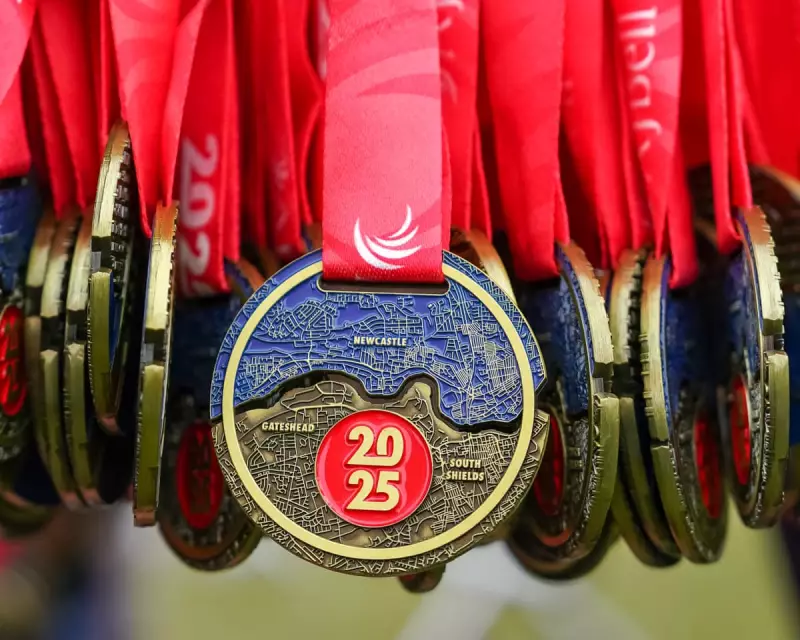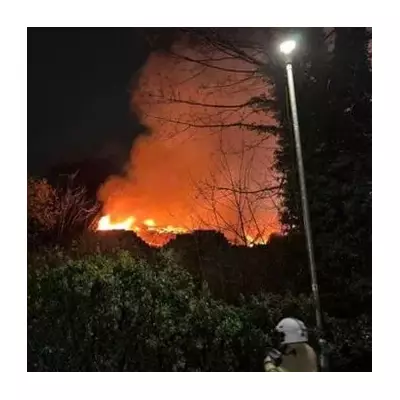
In our increasingly digital world, we've surrendered our sense of direction to the glowing screens in our palms. But what happens when our digital cartographers get it catastrophically wrong? The consequences are far more serious than mere inconvenience.
The Great North Run That Went South
This year's Great North Run, the world's largest half-marathon, became a case study in digital navigation failure. Thousands of participants watched their preparation unravel as mapping applications directed them to non-existent car parks and inaccessible drop-off points, creating traffic chaos that stretched for miles.
"We followed the app religiously," recounted marathon runner Sarah Jennings. "It took us to a field surrounded by 'No Parking' signs. By the time we found proper parking, we missed our start time by 45 minutes."
The Phantom Supermarket Phenomenon
Perhaps even more bizarre is the case of the ghost Aldi supermarket in Newcastle. For months, mapping services displayed a fully-stocked Aldi store that simply didn't exist. Shoppers arrived to find either empty lots or completely different businesses, leaving many questioning their sanity.
"I drove around for twenty minutes convinced I was losing my mind," local resident Michael Thompson reported. "The app showed the store right here, but there was nothing but a derelict building."
When Wrong Turns Become Dangerous
The implications extend beyond mere frustration. Emergency services report increasing incidents where navigation apps direct drivers down unsuitable roads—farm tracks, weight-restricted bridges, and even pedestrian pathways.
- HGV drivers regularly find themselves stuck on narrow country lanes
- Emergency response times are affected by erroneous routing
- Tourists are directed to closed or dangerous coastal paths
- Public transport users face incorrect schedules and phantom stops
The Human Cost of Digital Dependency
Psychologists are noting a concerning phenomenon: the erosion of our innate navigation skills. As we increasingly rely on turn-by-turn directions, we're losing the ability to create mental maps of our surroundings.
"We're witnessing a collective deskilling of spatial awareness," explains Dr. Emma Forrester, cognitive psychologist at University College London. "People arrive places without any understanding of how they got there or where they are in relation to other locations."
Fighting Back Against Faulty Maps
So what can be done? Experts recommend:
- Verify with official sources: Always check event websites for approved parking and transport advice
- Use multiple apps: Cross-reference between different mapping services
- Maintain paper backups: Keep physical maps for critical journeys
- Report errors: Use in-app reporting features to flag mistakes
- Trust your eyes: If something looks wrong, it probably is
As mapping technology continues to evolve, the gap between digital representation and physical reality remains surprisingly wide. The next time your app insists on a route that seems questionable, remember: sometimes the old ways are still the best ways.




